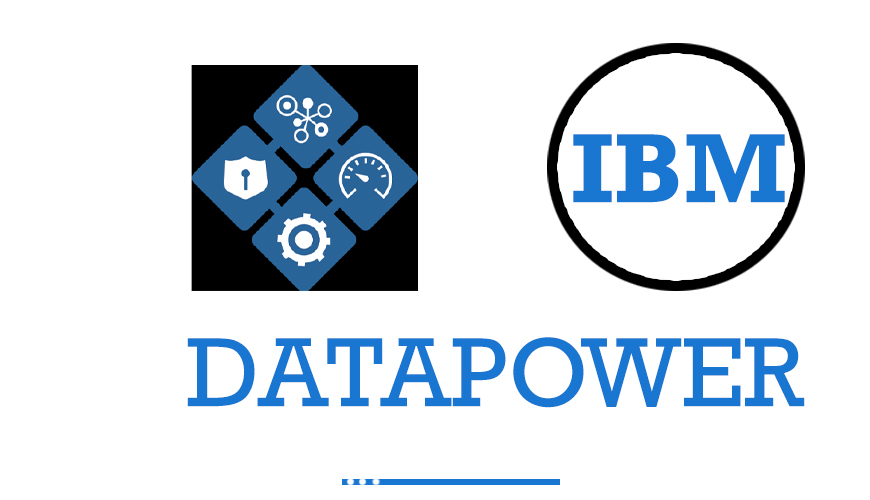The Future of Software Testing: Trends and Innovations
Software testing stands at the crossroads of a technological revolution. As the digital landscape continues to evolve, the future of software testing appears both promising and challenging. With the emergence of advanced technologies and methodologies, the realm of testing is undergoing a significant transformation, reshaping the way we ensure software quality.
Introduction to Software Testing Evolution
Software testing is a foundational pillar in the realm of software development, evolved significantly over the years. Initially seen as an afterthought in the software development lifecycle, testing has now become a crucial element in ensuring product quality. Traditional methodologies, like Waterfall, emphasized sequential development with testing as a phase at the end. However, modern software development approaches, such as Agile and DevOps, advocate for integrating testing throughout the entire process, embracing the concept of “shift-left.” The evolution of software testing methodologies reflects a shift from manual to automated processes, where automation is becoming increasingly prevalent. Test automation tools, driven by AI and machine learning, expedite the testing process while improving accuracy. This transformation empowers testers to focus on higher-value tasks like exploratory testing and complex scenario analysis. As the software industry embraces rapid advancements, the importance of adapting testing practices to align with these changes becomes ever more critical for ensuring the quality and reliability of software products.
Automation in Software Testing
Automation has emerged as a game-changer in software testing, streamlining processes and enhancing efficiency. Its impact spans across various testing phases, from unit testing to end-to-end testing, and significantly reduces human effort and time. AI and machine learning have accelerated this shift, enabling predictive analytics, smart test case generation, and self-healing capabilities in testing. The advantages of automation in software testing are manifold. It facilitates faster time-to-market, higher test coverage, and the ability to execute repetitive tasks with precision. Moreover, automated testing allows for running multiple tests simultaneously on different configurations, ensuring broader coverage and identifying defects more comprehensively.
However, challenges persist. Not all testing scenarios can be automated effectively, particularly those requiring human intuition and complex decision-making. Maintenance of automated scripts and adapting to continuous changes in software remain a hurdle. Test data management and ensuring the security of automated test scripts are also crucial concerns.
Shift-Left and Shift-Right Testing
The paradigm shift in software development methodologies has led to the popularization of “shift-left” and “shift-right” testing approaches. Shift-left emphasizes early testing in the development cycle, promoting proactive defect identification and resolution. It encourages collaboration between developers and testers from the project’s outset, enabling faster feedback loops and higher-quality code. Conversely, shift-right testing involves post-release activities, focusing on monitoring, user feedback, and continuous improvement. This approach aims to analyze real-world usage patterns, collecting data to enhance future iterations. It enables a more comprehensive understanding of user behavior and application performance in live environments. The amalgamation of shift-left and shift-right strategies redefines the traditional linear approach of software testing. This amalgamation offers a more cyclical, continuous improvement-oriented process, thereby creating a more robust and adaptive software ecosystem. Both methodologies advocate for a comprehensive understanding of the software development and user experience, fostering a more dynamic and iterative approach to software quality assurance. This evolution towards a holistic testing approach, blending early testing with continuous post-release monitoring, paves the way for software products that are not only functionally sound but also responsive to real-time user feedback and adaptable to the evolving market demands.
AI and Machine Learning in Software Testing
AI and machine learning have revolutionized software testing by introducing intelligent, adaptive, and efficient mechanisms. These technologies empower testing processes by automating tasks, predicting potential issues, and enhancing the accuracy and speed of testing activities. In software testing, AI and machine learning algorithms assist in various areas, from test case generation to predictive analysis. They optimize test suites, identify patterns in test results, and aid in prioritizing test scenarios based on the probability of failure. AI-driven testing tools are capable of learning from past testing experiences, improving their efficiency and accuracy over time.
One of the significant advantages of AI and machine learning in testing is their ability to handle enormous volumes of test data and perform complex analyses, which surpass human capabilities. They contribute to self-healing test suites by recognizing patterns in failures and automatically correcting or updating test scripts. However, challenges persist, including the need for skilled professionals capable of understanding and implementing AI-based testing tools. Ensuring the reliability and transparency of AI-driven test results also remains a critical concern in the industry.
The future landscape of AI and machine learning in software testing holds promise in areas such as adaptive test environments, predictive analytics, and autonomous testing systems, promising a more efficient, accurate, and adaptive testing ecosystem.
Testing in DevOps and Agile Environments
DevOps and Agile methodologies have revolutionized software development by emphasizing rapid iterations and continuous integration and deployment. In these environments, testing becomes a concurrent, integrated process rather than a separate phase. In Agile, testing is an ongoing activity, with incremental testing cycles that align with each development sprint. DevOps further accelerates this by automating the testing process and integrating it into the deployment pipeline, facilitating continuous testing and feedback loops. The key to successful testing in DevOps and Agile lies in continuous integration and continuous delivery (CI/CD), enabling immediate identification and resolution of defects. Test automation and parallel testing ensure quick feedback on changes, promoting a culture of quality and efficiency.
Security and Performance Testing Advancements
-
Security and performance testing are crucial facets of software quality assurance, especially in an era where cyber threats are rampant, and user expectations for performance are high. Advancements in these testing domains are becoming increasingly critical.
-
Security testing involves identifying vulnerabilities, ensuring data protection, and safeguarding against cyber threats. With the rising complexity of software systems, security testing tools and techniques need to evolve to identify and mitigate potential risks effectively.
-
Similarly, performance testing aims to validate software responsiveness, stability, and scalability under different workloads. Evolving technologies demand performance tests to simulate real-world scenarios and handle varying user loads without compromising performance.
-
The advancements in security and performance testing tools now incorporate AI-driven threat detection, scenario-based testing, and continuous monitoring for anomalies. Security testing, involves threat intelligence and adaptive security measures, while performance testing tools integrate predictive analytics to foresee and resolve performance bottlenecks.
Challenges persist in ensuring comprehensive security and performance testing, especially in highly dynamic systems where new vulnerabilities and performance issues constantly emerge. The future lies in more sophisticated testing tools and methodologies that adapt to the dynamic nature of modern software, integrating AI and machine learning to predict, prevent, and resolve security and performance issues proactively.
Conclusion
The future of software testing is inextricably linked to technological advancements and evolving methodologies. Automation, driven by AI and machine learning, has transformed traditional testing paradigms, allowing for more efficient, accurate, and comprehensive testing processes. The convergence of shift-left and shift-right testing approaches has reshaped the testing timeline, emphasizing continuous improvement and user-centric development. In DevOps and Agile environments, testing has shifted from a standalone phase to an integrated, continuous process, ensuring rapid feedback and quality assurance. The future of testing in DevOps and Agile settings will see more focus on predictive analytics to anticipate potential issues, greater integration of AI in testing, and the evolution of testing tools that align seamlessly with these rapid development cycles, fostering a more efficient and robust software development lifecycle. If you’re considering to enroll in this course, consider enrolling in institutes which provide Best Software Testing Certified Training in Ghaziabad, Kanpur, Noida, Guwahati, Chandigarh, etc.




